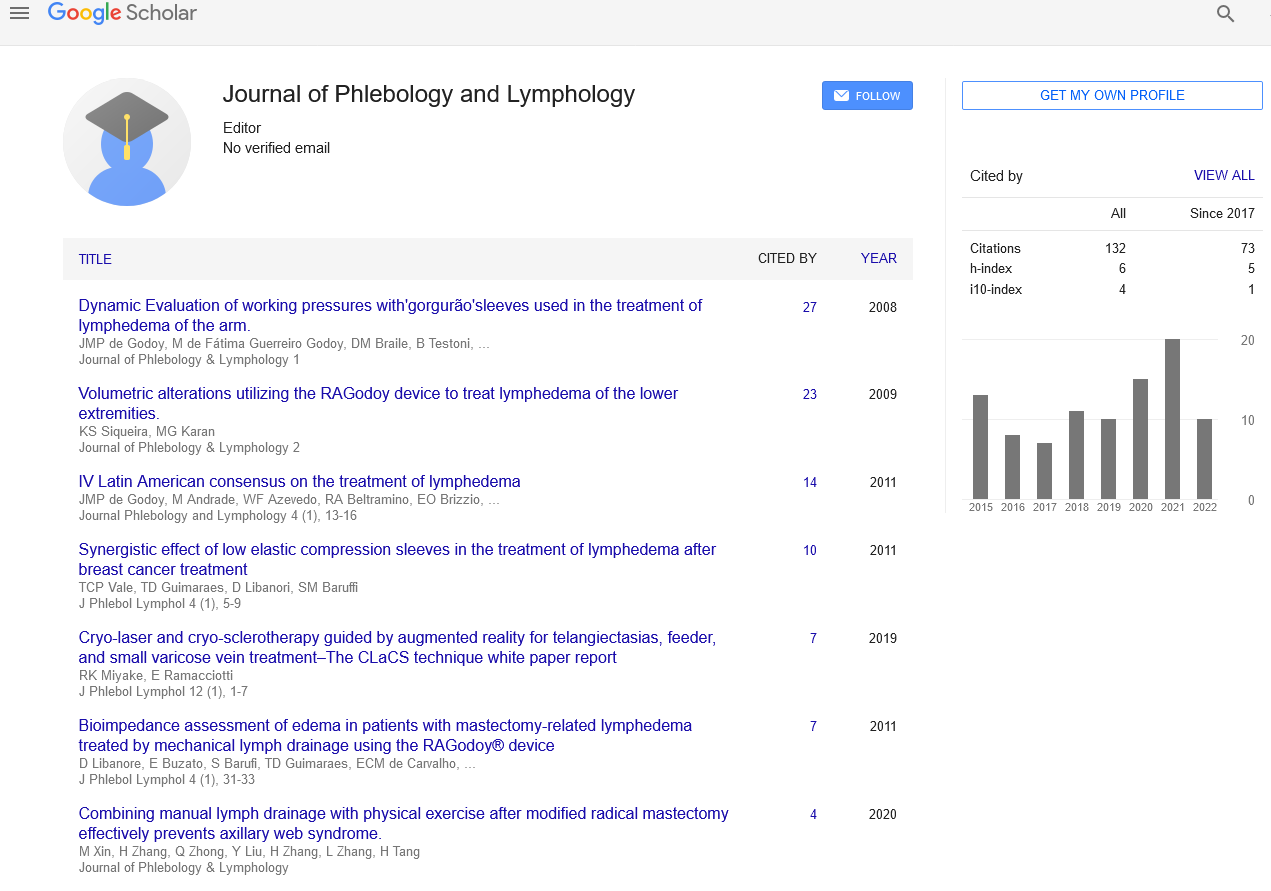Infection with Lophomonas blattarum in an immunocompetent patient and its misdiagnosis
Received: 05-Mar-2022, Manuscript No. PULJPL-22-4690; Editor assigned: 08-Mar-2022, Pre QC No. PULJPL-22-4690; Accepted Date: Mar 07, 2022; Reviewed: 18-Mar-2022 QC No. PULJPL-22-4690; Revised: 23-Mar-2022, Manuscript No. PULJPL-22-4690; Published: 29-Mar-2022
This open-access article is distributed under the terms of the Creative Commons Attribution Non-Commercial License (CC BY-NC) (http://creativecommons.org/licenses/by-nc/4.0/), which permits reuse, distribution and reproduction of the article, provided that the original work is properly cited and the reuse is restricted to noncommercial purposes. For commercial reuse, contact reprints@pulsus.com
Abstract
Lophomonas Blattarum is a round-oval protozoan with a tuft of many flagellate at the apex. It has a diameter of 20-60 M. Cockroaches, for example, have it as an endocommensal in their hindgut. One of the causes of bronchopulmonary infection is becoming better known. For the previous year, a 22-year-old female had complained of cough with blood clots in the expectorant, shortness with exertion, wheezing, and low-grade fever. The patient had visited several medical facilities before coming to our Outpatient Department (OPD). Her tuberculosis was discovered there. She was seen in our OPD and had past reports reviewed, fresh investigations recommended, Antitubercular Therapy (ATT) maintained, and a bronchoscopy scheduled. Skin alterations are complicated by iron accumulation in tissue.
Commentary
Lophomonas Blattarum is a protozoan with a 20-60 M diameter round-oval form and an apical tuft with many flagellate. In the hindgut of insects like cockroaches, it lives as an endocommensal. It's becoming more widely accepted as one of the causes of bronchopulmonary infection. For the previous year, a 22-year-old female had complained of cough with blood clots in the expectorant, shortness on exercise, wheezing, and low-grade fever. Patient has visited various medical centres before coming to our Outpatient Department (OPD). She was diagnosed with TB when she was there. She was evaluated with prior reports in our OPD, given additional investigations, remained on Antitubercular Therapy (ATT), and had a bronchoscopy scheduled. The BAL (Bronchoaleveolar Lavage) was transported to a lab for analysis. A motile multiflagellate protozoan resembling ciliated respiratory epithelium was discovered when the material was wet mounted. It was identified as Lophomonas blattarum after additional evaluation. While the patient's Mycobacterium Tuberculosis (MTb) test results were awaited, the patient was kept on ATT. The patient's condition was not improved by continued ATT. Antiprotozoan therapy was initiated after the patient was hospitalised. It's difficult to tell the difference between symptoms caused by Lophomonas blattarum and those caused by other respiratory illnesses. Under light microscopy, morphological traits are identified and used to provide a diagnosis in the lab. It's possible that delayed sample processing and the sample's striking similarity to bronchial epithelium contributed to the misidentification. The development of serological and molecular methods of identification has the potential to enhance diagnosis and therapy. Based on medical records data from Beijing Children's Hospital, Capital Medical University, China, this study is a retrospective assessment of L. blattarum cases obtained from July 2014 to December 2016. Age, gender, address, and diagnosis were among the demographic and clinical data. While the patient's Mycobacterium Tuberculosis (MTb) test results were awaited, the patient was kept on ATT. The patient's condition was not improved by continued ATT. Anti-protozoan therapy was initiated after the patient was hospitalised. It's difficult to tell the difference between symptoms caused by Lophomonas blattarum and those caused by other respiratory illnesses. Under light microscopy, morphological traits are identified and used to provide a diagnosis in the lab. Because of the sample's similar resemblance to the bronchial epithelium, it may have been overlooked for identification. Diagnosis and therapy can be improved with the advancement of serological and molecular identification approaches.
Key Words
Antitubercular therapy; Bronchoscopy; Bronchopulmonary; Endocommensal; Lophomonas blattarum





